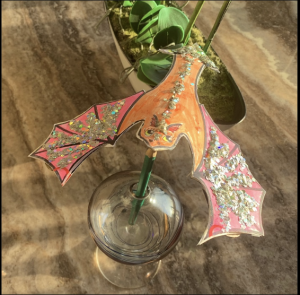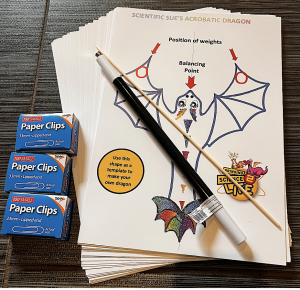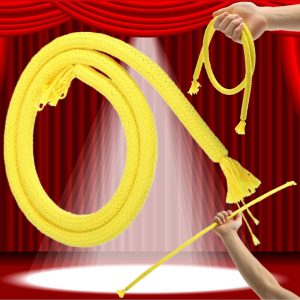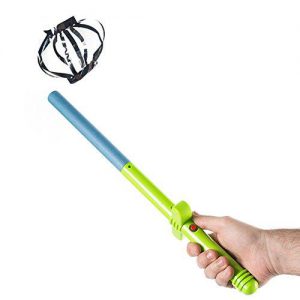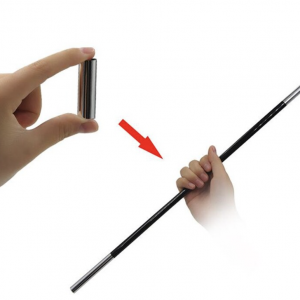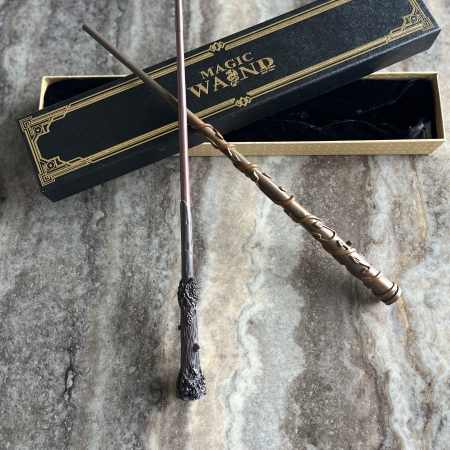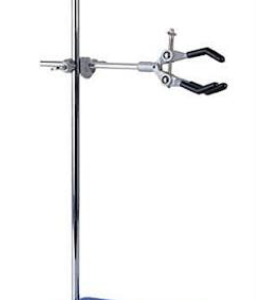Description
The Acrobatic Dragon Activity
This activity is perfect for the classroom or for a birthday party!
The kit contains:
- 30 Dragon Templates
- 300 Paperclips
- Magic Wand
- 3 Neodymium Magnets
- a balancing stick
Method
- Cut out the Dragon.
- Add more decoration using coloured pencils or crayons.
- Balance the Dragon on a finger. Where is this balancing point?
- Add one paperclip to each of the Dragon’s wings.
- Balance the Dragon again. Where is the balancing point this time?You will notice the point – we call this point the Centre of Mass – will have moved closer to the dragons’ nose.
- Repeat this process until the Dragon can balance horizontally on a fingertip.
- Encourage the children to explore balancing the dragon on other objects around the room
Using Magic to get your Dragon to spin
In your kit there would also have been a kebab stick, a Magic Wand and 3 neodymium magnets
One magnet is attached the end of the wand with a sticky dot.
The other magnets are placed on each of the wings of your balancing dragon.
When you bring the magnet on the wand close to the magnets of the wings of the dragon the magnet fields will interact and the Dragon will either be pushed away or pulled towards the wand.
- Abracadabra
- Alakazin
- Locomotor Magic
- Make my Dragon Spin!
Science in a Nutshell
All objects have a balancing point, called the centre of gravity. The lower you make the centre of gravity the more stable the object is.
The centre of gravity is also often called the centre of mass.
This balancing dragon is a toy that has its centre of gravity located at the tip of its nose. The centre of gravity is a special point on an object. It’s the point at which the weight of the body Is perfectly balanced.
To engineer it so that the centre of gravity is at the tip of the nose, the wings have been designed to extend in front of the nose far enough, and made heavy enough (with the addition of the paper clips or other masses), to balance the weight of the bird at its nose.
In most objects it is not clear where the centre of gravity is. If an object has a strange shape, then you cannot know by looking at it where the centre of gravity is.
|
If an object has a uniform shape, like a pencil, or a square, then the centre of gravity is easy to determine. It’s in the centre of the object. But for objects with non-uniform shapes this is not known ahead of time. To find the centre of gravity for these objects you need to use trial and error. You must try balancing the object on different points until you find where the object is perfectly balanced, and doesn’t fall over.
This point, once found, is the centre of gravity.




